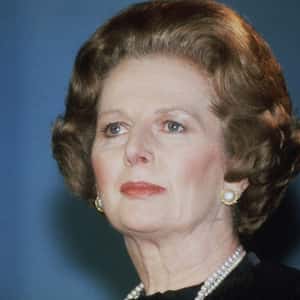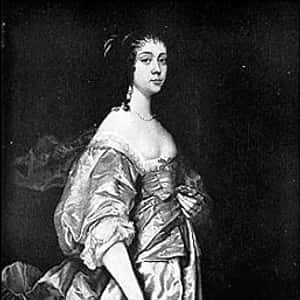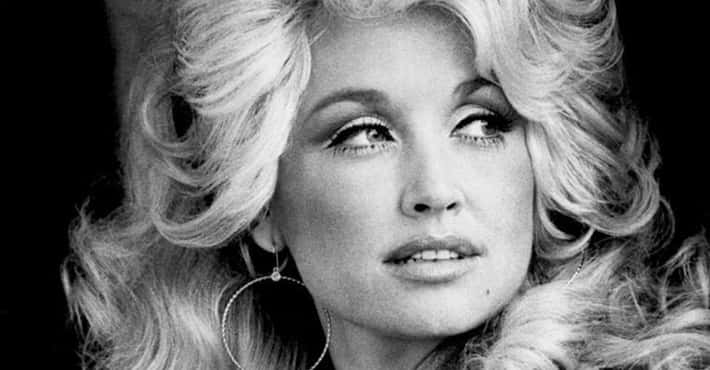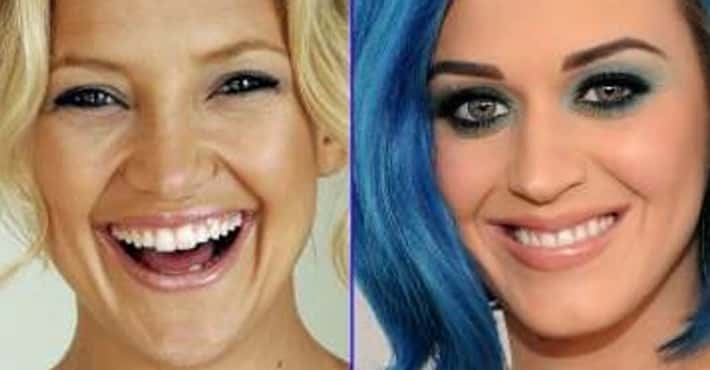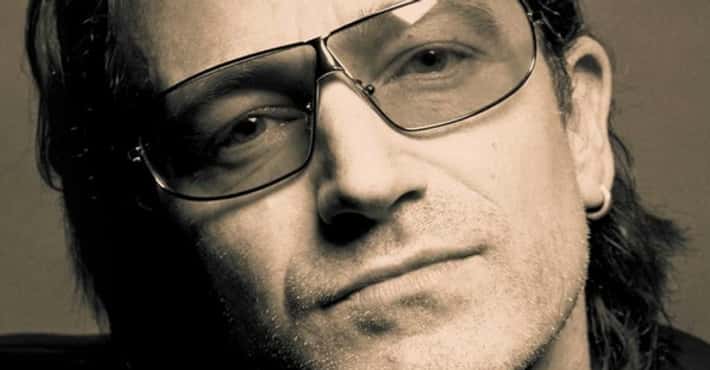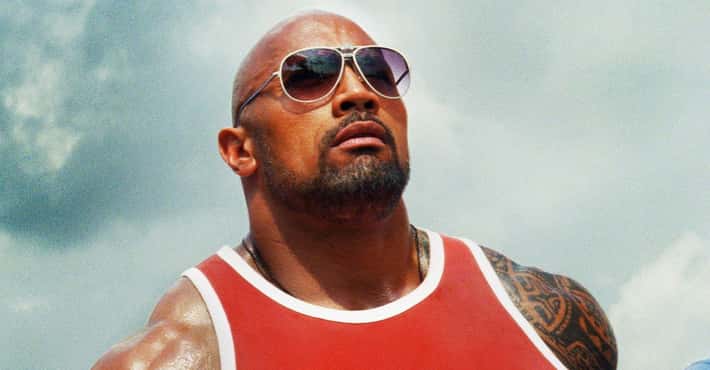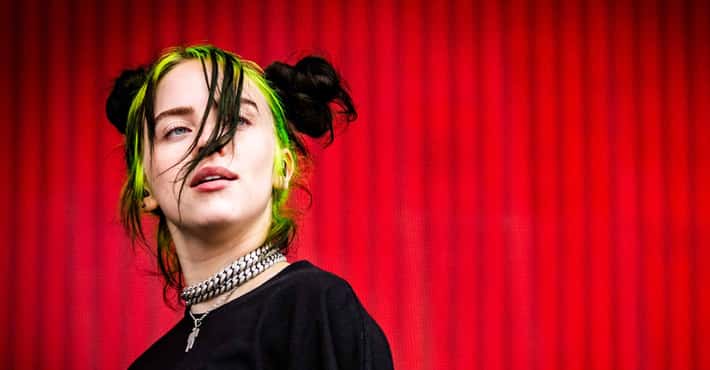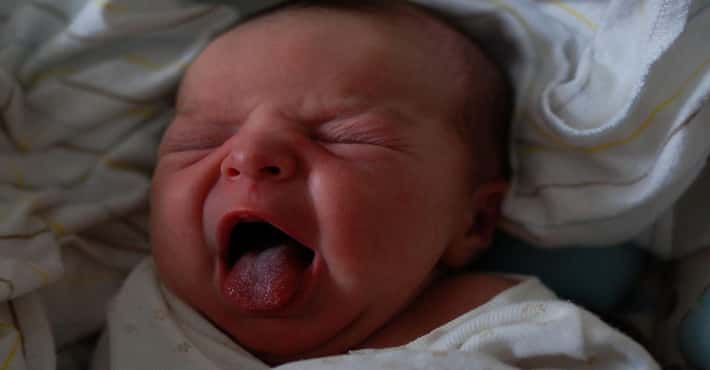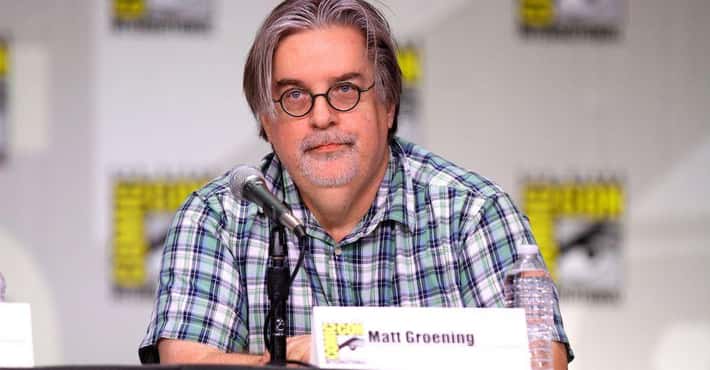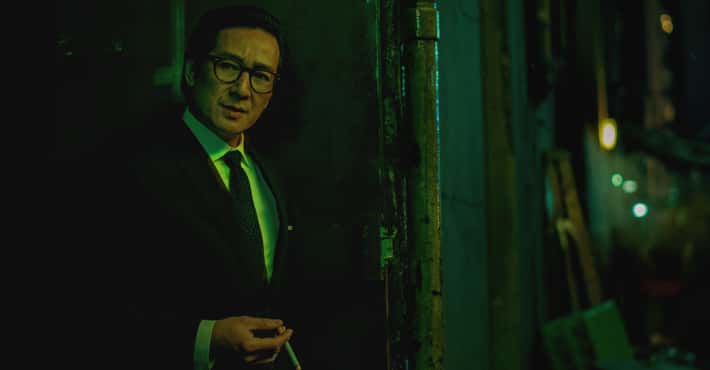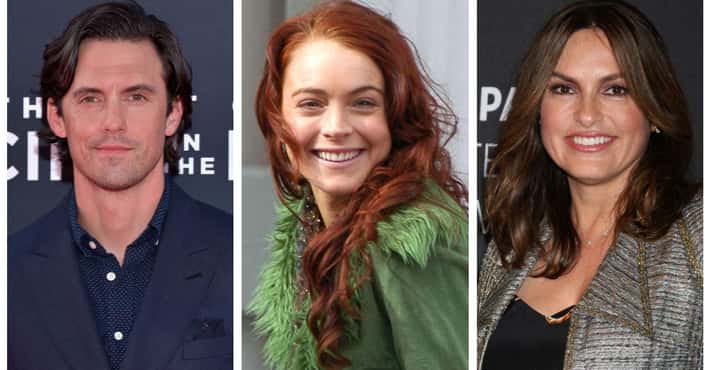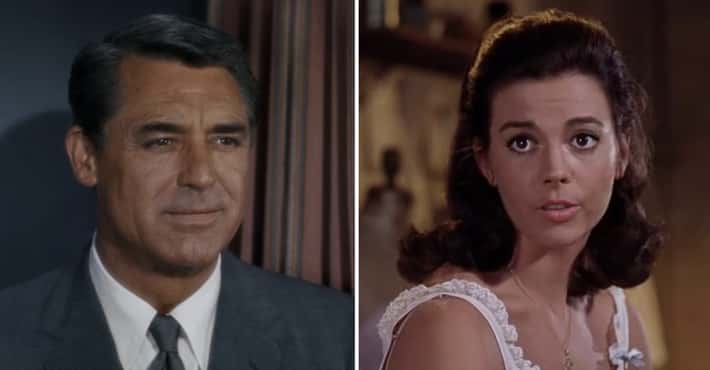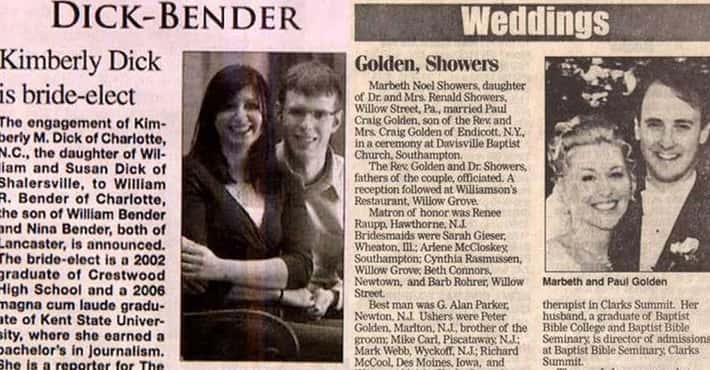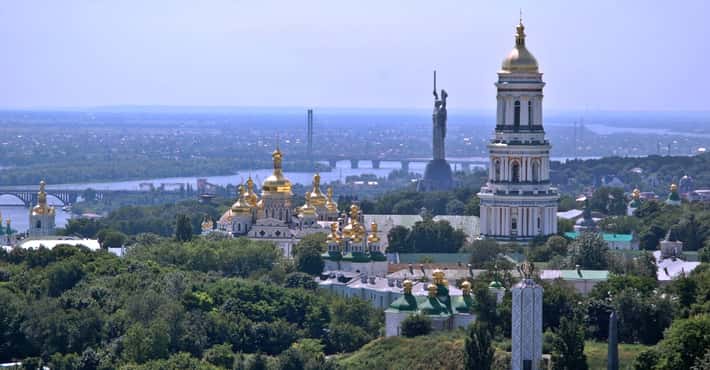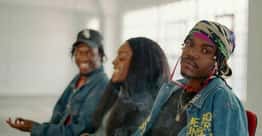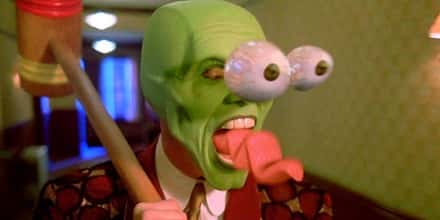Who Is The Most Famous Margaret In The World?
Voting Rules
Vote up all of the Margarets you've heard of.
- 10/13/1925Margaret Hilda Thatcher, Baroness Thatcher, (née Roberts; 13 October 1925 – 8 April 2013) was a British stateswoman who served as Prime Minister of the United Kingdom from 1979 to 1990 and Leader of the Conservative Party from 1975 to 1990. She was the longest-serving British prime minister of the 20th century and the first woman to hold that office. A Soviet journalist dubbed her "The 'Iron Lady'", a nickname that became associated with her uncompromising politics and leadership style. As Prime Minister, she implemented policies known as Thatcherism. She studied chemistry at Somerville College, Oxford, and worked briefly as a research chemist, before becoming a barrister. Thatcher was elected Member of Parliament for Finchley in 1959. Edward Heath appointed her Secretary of State for Education and Science in his Conservative government. In 1975, Thatcher defeated Heath in the Conservative Party leadership election to become Leader of the Opposition, the first woman to lead a major political party in the United Kingdom. She became Prime Minister after winning the 1979 general election. Thatcher introduced a series of economic policies intended to reverse high unemployment and Britain's struggles in the wake of the Winter of Discontent and an ongoing recession. Her political philosophy and economic policies emphasised deregulation (particularly of the financial sector), flexible labour markets, the privatisation of state-owned companies, and reducing the power and influence of trade unions. Thatcher's popularity in her first years in office waned amid recession and rising unemployment, until victory in the 1982 Falklands War and the recovering economy brought a resurgence of support, resulting in her decisive re-election in 1983. She survived an assassination attempt in the Brighton hotel bombing in 1984. Thatcher was re-elected for a third term in 1987, but her subsequent support for the Community Charge ("poll tax") was widely unpopular, and her views on the European Community were not shared by others in her Cabinet. She resigned as Prime Minister and party leader in November 1990, after Michael Heseltine launched a challenge to her leadership. After retiring from the Commons in 1992, she was given a life peerage as Baroness Thatcher (of Kesteven in the County of Lincolnshire) which entitled her to sit in the House of Lords. In 2013, she died of a stroke at the Ritz Hotel in London, at the age of 87. Although a controversial figure in British politics, she is nonetheless viewed favourably in historical rankings of British prime ministers. Her tenure constituted a realignment towards neoliberal policies in the United Kingdom and debate over the complicated legacy of Thatcherism persists into the 21st century.More Margaret Thatcher
- #83 of 180 onThe Most Inspiring (Non-Hollywood) Female Role Models
- #395 of 559 onPeople We Wish Were Still Alive
- #19 of 63 onThe Most Influential People of the Cold War
- 09/21/1788Margaret "Peggy" Mackall Taylor (née Smith; September 21, 1788 – August 14, 1852) was the wife of Zachary Taylor. She was the First Lady of the United States from 1849 to 1850.
- 03/21/1936Margaret Mahy, ONZ (21 March 1936 – 23 July 2012) was a New Zealand author of children's and young adult books. Many of her story plots have strong supernatural elements but her writing concentrates on the themes of human relationships and growing up. She wrote more than 100 picture books, 40 novels and 20 collections of short stories. At her death she was one of thirty writers to win the biennial, international Hans Christian Andersen Medal for her "lasting contribution to children's literature".Mahy won the annual Carnegie Medal from the Library Association, recognising the year's best children's book by a British subject, both for The Haunting (1982) and for The Changeover (1984). (As of 2012 seven writers have won two Carnegies, none three.) She was also a highly commended runner up for Memory (1987).Among her children's books, A Lion in the Meadow and The Seven Chinese Brothers and The Man Whose Mother was a Pirate are considered national classics. Her novels have been translated into German, French, Spanish, Dutch, Norwegian, Danish, Swedish, Finnish, Italian, Japanese, Catalan and Afrikaans. In addition, some stories have been translated into Russian, Chinese and Icelandic.
- 09/15/1916Margaret Lockwood, CBE (15 September 1916 – 15 July 1990), was an English actress. One of Britain's most popular film stars of the 1930s and 1940s, her film appearances included The Lady Vanishes (1938), Night Train to Munich (1940), The Man in Grey (1943), and The Wicked Lady (1945). She was nominated for the BAFTA Award for Best British Actress for the 1955 film Cast a Dark Shadow. She also starred in the television series Justice (1971–74)
- 11/24/1951Margaret Rose Mountford (born 24 November 1951) is a Northern Irish lawyer, businesswoman and television personality best known for her role in The Apprentice.
- 05/30/1976Margaret Okayo (born May 30, 1976 in Masaba, Kisii District) is a professional marathon runner from Kenya. She has won a number of major marathons, including the New York City Marathon (two times), the Boston Marathon, and the London Marathon. She has also won the San Diego Marathon on two occasions. Okayo started running while at primary school. She graduated from the Itierio Secondary School, located near Kisii town, in 1993. She was recruited by Kenya Prisons Service, home to the country's top women's marathon runners, in 1995 where she nurtured her running career.At the 1998 Commonwealth Games she finished fifth in 10,000 metres. She finished thirteenth at the 1999 IAAF World Half Marathon Championships. Amongst her most successful races are the wins at the New York Marathon in 2001 and 2003, the Boston Marathon in 2002 and the London Marathon in 2004. She still holds the course records at the New York Marathon and the Boston Marathon. Other marathons won by Okayo include Milan in 2003, San Diego in 2000 and 2001. She represented her native Kenya in the 2004 Summer Olympic Games in Athens, Greece, but did not finish the marathon. She spends three months of every year training in Italy. She won the 2003 Udine Half Marathon and finished third at the 2008 Rome-Ostia Half Marathon.Okayo is of the Gusii tribe. She is managed by Federico Rosa and coached by Gabriele Rosa. She is just 152 cm tall and weighs 43 kilograms.
- 12/16/1901Margaret Mead (December 16, 1901 – November 15, 1978) was an American cultural anthropologist who featured frequently as an author and speaker in the mass media during the 1960s and 1970s. She earned her bachelor's degree at Barnard College in New York City and her MA and PhD degrees from Columbia University. Mead served as President of the American Association for the Advancement of Science in 1975.Mead was a communicator of anthropology in modern American and Western culture and was often controversial as an academic. Her reports detailing the attitudes towards sex in South Pacific and Southeast Asian traditional cultures influenced the 1960s sexual revolution. She was a proponent of broadening sexual conventions within a context of traditional Western religious life.More Margaret Mead
- Dig Deeper...Famous People Who Died in New York City
- And Deeper...Famous People Who Died of Pancreatic Cancer
- #704 of 752 onThe Greatest Minds of All Time
- 11/18/1939Margaret Eleanor Atwood (born November 18, 1939) is a Canadian poet, novelist, literary critic, essayist, inventor, teacher, and environmental activist. Since 1961, she has published seventeen books of poetry, sixteen novels, ten books of non-fiction, eight collections of short fiction, eight children's books, and one graphic novel, as well as a number of small press editions in poetry and fiction. Atwood and her writing have won numerous awards and honors including the Man Booker Prize, Arthur C. Clarke Award, Governor General's Award, Franz Kafka Prize, and the National Book Critics and PEN Center USA Lifetime Achievement Awards. Atwood is also the inventor and developer of the LongPen and associated technologies that facilitate the remote robotic writing of documents. A number of her works have been adapted to film and television, which has only served to increase her exposure and audience. As a novelist and poet, Atwood's works encompass a variety of themes including gender and identity, religion and myth, the power of language, climate change, and "power politics". Many of her poems are inspired by myths and fairy tales which interested her from a very early age. Among her contributions to Canadian literature, Atwood is a founder of the Griffin Poetry Prize and Writers' Trust of Canada.More Margaret Atwood
- #161 of 508 onThe 500+ Best Writers of All Time
- #81 of 165 onThe Best Science-Fiction Authors
- #82 of 296 onThe Best Novelists of All Time
- 01/25/1948Dr Margaret Ng Ngoi-yee (Chinese: 吳靄儀) is a politician, barrister, writer and columnist in Hong Kong. She was a member of the Legislative Council of Hong Kong from 1995–2012. In every legislative election held since the creation of the Hong Kong SAR, Ng has been returned with resounding majorities to represent the Legal Functional Constituency. Ng belongs to the Basic Law Article 45 Concern Group (the former Basic Law Article 23 Concern Group), a pro-democratic organization which has specifically campaigned against the efforts of the pro-Beijing administration to abridge the civil liberties of Hong Kong residents. Ng is also an executive committee member of the Civic Party.
- 09/10/1948Margaret Joan Trudeau (née Sinclair, formerly Kemper; born September 10, 1948) is a Canadian author, actress, photographer, former television talk show hostess, and social advocate for people with bipolar disorder, which she is diagnosed with. She is the former wife of Pierre Trudeau, 15th Prime Minister of Canada; they divorced in 1984, during his final months in office. She is the mother of Justin Trudeau, who has been the 23rd Prime Minister of Canada since 2015; the journalist and author Alexandre "Sacha" Trudeau; and the deceased Michel Trudeau. She is the first woman in Canadian history to have been both the wife of a prime minister and the mother of a prime minister.
- 07/16/1942Margaret Court (née Smith; born 16 July 1942), also known as Margaret Smith Court, is a retired Australian tennis player and former world No. 1. She is currently a Christian minister in Perth, Western Australia. Court amassed more major titles than any other player in history. In 1970, she became the first woman during the Open era (and the second woman in history after Maureen Connolly) to win the singles Grand Slam (all four major tournaments in the same calendar year). She won 24 of those titles (11 in the Open era), a record that still stands. She also won 19 women's doubles and 21 mixed doubles titles, giving her a record 64 major titles overall. Her all surfaces (hard, clay, grass and carpet) singles career winning percentage of 91.74 percent is the best of all time according to the Sporteology website. Her open era singles career winning percentage of 91.37% (593–56) is unequalled, as is her Open Era winning percentage of 91.7% (11–1) in Grand Slam finals. Her win-loss performance in all Grand Slam singles tournaments was 90.12% (210–23). She was 95.31% (61–3) at the Australian Open, 90.38% (47–5) at the French Open, 85.10% (51–9) at Wimbledon and 89.47% (51–6) at the US Open. She also shares the open era record for most Grand Slam singles titles as a mother with Kim Clijsters. In 1973 Court set the record for most titles won in a single Grand Slam event, with 11 Australian Open wins. This record was surpassed by Rafael Nadal on June 9, 2019 when he won his 12th French Open title. The International Tennis Hall of Fame states, "For sheer strength of performance and accomplishment there has never been a tennis player to match (her)." Court is one of only three players in history (all women) to have won the "Grand Slam Boxed Set", consisting of every senior Grand Slam title (the singles, doubles and mixed doubles). Court, however, is the only one in tennis history to complete a Multiple Grand Slam set, twice, in all three disciplines: singles, women's doubles and mixed doubles. Uniquely, she won all 12 as an amateur and then after a period of retirement, returned as a professional to win all 12 again. Court is also one of only six tennis players to ever win a Multiple Grand Slam sets in two disciplines, matching Roy Emerson, Martina Navratilova, Frank Sedgman, Doris Hart and Serena Williams. Having grown up as a Roman Catholic, Court became associated with Pentecostalism in the 1970s and became a Pentecostal Christian minister in 1991. She later founded the Margaret Court Ministries.More Margaret Court
- #600 of 1,269 onThe 1000+ Best Athletes Of All Time, Ranked
- #5 of 72 onThe Best Women's Tennis Players Of All Time
- #64 of 117 onThe Best Female Athletes of All Time
- 09/14/1879Margaret Higgins Sanger (born Margaret Louise Higgins, September 14, 1879 – September 6, 1966, also known as Margaret Sanger Slee) was an American birth control activist, sex educator, writer, and nurse. Sanger popularized the term "birth control", opened the first birth control clinic in the United States, and established organizations that evolved into the Planned Parenthood Federation of America.Sanger used her writings and speeches primarily to promote her way of thinking. She was prosecuted for her book Family Limitation under the Comstock Act in 1914. She was afraid of what would happen, so she fled to Britain until she knew it was safe to return to the US. Sanger's efforts contributed to several judicial cases that helped legalize contraception in the United States. Due to her connection with Planned Parenthood, Sanger is a frequent target of criticism by opponents of abortion. However, Sanger drew a sharp distinction between birth control and abortion and was opposed to abortion through the bulk of her career. Sanger remains an admired figure in the American reproductive rights movement. She has been criticized for supporting eugenics.In 1916, Sanger opened the first birth control clinic in the United States, which led to her arrest for distributing information on contraception, after an undercover policewoman bought a copy of her pamphlet on family planning. Her subsequent trial and appeal generated controversy. Sanger felt that in order for women to have a more equal footing in society and to lead healthier lives, they needed to be able to determine when to bear children. She also wanted to prevent so-called back-alley abortions, which were common at the time because abortions were illegal in the United States. She believed that while abortion was sometimes justified it should generally be avoided, and she considered contraception the only practical way to avoid them.In 1921, Sanger founded the American Birth Control League, which later became the Planned Parenthood Federation of America. In New York City, she organized the first birth control clinic staffed by all-female doctors, as well as a clinic in Harlem with an all African-American advisory council, where African-American staff were later added. In 1929, she formed the National Committee on Federal Legislation for Birth Control, which served as the focal point of her lobbying efforts to legalize contraception in the United States. From 1952 to 1959, Sanger served as president of the International Planned Parenthood Federation. She died in 1966, and is widely regarded as a founder of the modern birth control movement.
- 11/08/1900Margaret Munnerlyn Mitchell (November 8, 1900 – August 16, 1949) was an American novelist and journalist. Mitchell wrote only one novel, published during her lifetime, the American Civil War-era novel Gone with the Wind, for which she won the National Book Award for Most Distinguished Novel of 1936 and the Pulitzer Prize for Fiction in 1937. In more recent years, a collection of Mitchell's girlhood writings and a novella she wrote as a teenager, Lost Laysen, have been published. A collection of articles written by Mitchell for The Atlanta Journal was republished in book form.More Margaret Mitchell
- #177 of 508 onThe 500+ Best Writers of All Time
- #90 of 141 onThe Greatest American Writers Of All Time
- #136 of 296 onThe Best Novelists of All Time
- 12/05/1968Margaret Cho, a name synonymous with bold comedy and unapologetic advocacy, is an iconic American stand-up comedian, actress, fashion designer, author, and singer-songwriter. Born on December 5, 1968, in San Francisco, California, she was raised in a culturally rich environment, which later became a significant influence on her comedic style. The daughter of Korean immigrants, Cho grew up in a diverse neighborhood that embraced multiple cultures, a theme that consistently threads through her work. Cho's career breakthrough came in the early 1990s when she won a comedy contest where first prize was opening for Jerry Seinfeld. This propelled her into the limelight, leading to TV appearances and eventually her own sitcom called All-American Girl in 1994. Despite its short run, Cho broke barriers as the first Asian American woman to star in a prime-time comedy. Never one to shy away from difficult topics, she has built her comedic repertoire around issues like social justice, LGBTQ+ rights, and racial stereotypes, creating a unique niche in the entertainment industry. In addition to her thriving comedy career, Cho has excelled in several other artistic disciplines. She has written two books, I'm the One That I Want and I Have Chosen to Stay and Fight, both showcasing her sharp wit and candid observations on life. As a singer-songwriter, she released her Grammy-nominated debut album Cho Dependent in 2010. Her passion for fashion led her to launch a clothing line for plus-size women named "High Class Cho." Throughout her multifaceted career, Margaret Cho has consistently championed individuality, diversity, and self-acceptance, leaving an indelible mark on the world of entertainment.More Margaret Cho
- Dig Deeper...195+ Famous Sagittarius Celebrities
- #150 of 262 onThe Funniest Stand-Up Comedians Of All Time
- #158 of 184 onCelebrities Nobody Cares About Anymore
- 05/23/1910Margaret Wise Brown (May 23, 1910 – November 13, 1952) was an American writer of children's books, including Goodnight Moon and The Runaway Bunny, both illustrated by Clement Hurd.More Margaret Wise Brown
- #31 of 56 onThe Best Children's Book Authors
- #47 of 78 onWho Is The Most Famous Brown In The World?
- #100 of 205 onFamous Boarding School Alumni
- 02/14/1838Margaret Eloise Knight (February 14, 1838 – October 12, 1914) was an American inventor, notably of the flat-bottomed paper bag. She has been called "the most famous 19th-century woman inventor".
- 18
Margaret Frazer
01/01/1946Margaret Frazer, born Gail Lynn Brown (November 26, 1946 – February 4, 2013), was an American historical novelist, best known for more than twenty historical mystery novels and a variety of short stories. The pen name was originally shared by Frazer and Mary Monica Pulver Kuhfeld in their collaboration on The Novice's Tale, the first of the Sister Frevisse books featuring the Benedictine nun Dame Frevisse. Their collaboration came to an end with The Murderer's Tale, the sixth book in the series. Starting with the Edgar Award-nominated The Prioress' Tale, the Margaret Frazer pen name was used exclusively by Gail Frazer. She also wrote the Player Joliffe mysteries, starring the medieval actor Joliffe. Frazer was born and grew up in Kewanee, Illinois. An actress and member of the Society for Creative Anachronism, she lived and worked in Elk River, Minnesota. Frazer died February 4, 2013 from breast cancer, aged 66. - 01/01/1623Margaret Lucas Cavendish, Duchess of Newcastle-upon-Tyne (1623 – 15 December 1673) was an English aristocrat, philosopher, poet, scientist, fiction-writer, and playwright during the 17th century. Born Margaret Lucas, she was the youngest sister of prominent royalists Sir John Lucas and Sir Charles Lucas, who owned the manor of St. John's Abbey in Colchester. She became an attendant of Queen Henrietta Maria and travelled with her into exile in France, living for a time at the court of the young King Louis XIV. She became the second wife of William Cavendish, 1st Duke of Newcastle-upon-Tyne in 1645, when he was a marquess.Cavendish was a poet, philosopher, writer of prose romances, essayist, and playwright who published under her own name at a time when most women writers published anonymously. Her writing addressed a number of topics, including gender, power, manners, scientific method, and philosophy. Her utopian romance, The Blazing World, is one of the earliest examples of science fiction. She is singular in having published extensively in natural philosophy and early modern science. She published over a dozen original works; inclusion of her revised works brings her total number of publications to twenty-one.Cavendish has been championed and criticized as a unique and groundbreaking woman writer. She rejected the Aristotelianism and mechanical philosophy of the seventeenth century, preferring a vitalist model instead. She was the first woman to attend a meeting at the Royal Society of London, in 1667, and she criticized and engaged with members and philosophers Thomas Hobbes, René Descartes, and Robert Boyle. She has been claimed as an advocate for animals and as an early opponent of animal testing.
- 06/14/1904Margaret Bourke-White (; June 14, 1904 – August 27, 1971) was an American photographer and documentary photographer. She is best known as the first foreign photographer permitted to take pictures of Soviet industry under the Soviet's five-year plan, the first American female war photojournalist, and having one of her photographs (the construction of Fort Peck Dam) on the cover of the first issue of Life magazine. She died of Parkinson's disease about eighteen years after developing symptoms.
- #29 of 30 onThe Most Influential Female Photographers of All Time
- #9 of 38 onThe Best Female Photographers
- #1 of 18 on18 Celebrities Who Were in Alpha Omicron Pi
- 12/14/1897Margaret Madeline Chase Smith (December 14, 1897 – May 29, 1995) was a United States politician. A member of the Republican Party, she served as a U.S Representative (1940–49) and a U.S. Senator (1949–73) from Maine. She was the first woman to serve in both houses of the United States Congress, and the first woman to represent Maine in either. A moderate Republican, she was among the first to criticize the tactics of McCarthyism in her 1950 speech, "Declaration of Conscience".Smith was a candidate for the Republican nomination in the 1964 presidential election; she was the first woman to be placed in nomination for the presidency at a major party's convention. Upon leaving office, she was the longest-serving female Senator in history, a distinction that was not surpassed until January 5, 2011, when Senator Barbara Mikulski was sworn in for a fifth term. To date, Smith is ranked as the longest-serving Republican woman in the Senate.
- 01/01/1936Margaret Elaine Heafield Hamilton (born August 17, 1936) is an American computer scientist, systems engineer and business owner. She was director of the Software Engineering Division of the MIT Instrumentation Laboratory, which developed on-board flight software for NASA's Apollo space program. She later founded two software companies—Higher Order Software in 1976 and Hamilton Technologies in 1986, both in Cambridge, Massachusetts. Hamilton has published more than 130 papers, proceedings and reports about sixty projects and six major programs. She is one of the people credited with coining the term "software engineering".On November 22, 2016, Hamilton received the Presidential Medal of Freedom from President Barack Obama for her work leading to the development of on-board flight software for NASA's Apollo Moon missions.
- Margaret "Minx" T. Fuller is an American developmental biologist known for her research on the male germ line and defining the role of the stem cell environment (the hub cells that establish the niche of particular cells) in specifying cell fate and differentiation.Fuller is the Reed-Hodgson Professor of Human Biology at Stanford University, and former chair of the Stanford Department of Developmental Biology.
- 05/11/1892Dame Margaret Taylor Rutherford, (11 May 1892 – 22 May 1972) was a British character actress of stage, television and film, probably best known for her later career as Agatha Christie's character Miss Marple. She first came to prominence following World War II in the film adaptations of Noël Coward's Blithe Spirit, and Oscar Wilde's The Importance of Being Earnest. She won the Academy Award and Golden Globe Award for her role as The Duchess of Brighton in The V.I.P.s (1963). Rutherford was appointed Officer of the Order of the British Empire (OBE) in 1961 and a Dame Commander (DBE) in 1967.
- 25
Margaret of England, Duchess of Brabant
09/11/1275Margaret of England (15 March 1275 – after 1333) was the tenth child and seventh daughter of King Edward I of England and his first wife, Eleanor of Castile. Her husband was John II, Duke of Brabant, whom she married in 1290, the year of her mother's death. Margaret and John had one child, John III, Duke of Brabant. - 03/23/1430Margaret of Anjou (French: Marguerite; 23 March 1430 – 25 August 1482) was the Queen of England by marriage to King Henry VI from 1445 to 1461 and again from 1470 to 1471. Born in the Duchy of Lorraine into the House of Valois-Anjou, Margaret was the second eldest daughter of René, King of Naples, and Isabella, Duchess of Lorraine. She was one of the principal figures in the series of dynastic civil wars known as the Wars of the Roses and at times personally led the Lancastrian faction. Owing to her husband's frequent bouts of insanity, Margaret ruled the kingdom in his place. It was she who called for a Great Council in May 1455 that excluded the Yorkist faction headed by Richard of York, 3rd Duke of York, and this provided the spark that ignited a civil conflict that lasted for more than 30 years, decimated the old nobility of England, and caused the deaths of thousands of men, including her only son Edward of Westminster, Prince of Wales, at the Battle of Tewkesbury in 1471. Margaret was taken prisoner by the victorious Yorkists after the Lancastrian defeat at Tewkesbury. In 1475, she was ransomed by her cousin, King Louis XI of France. She went to live in France as a poor relation of the French king, and she died there at the age of 52.
- Margaret Travolta is an American actress.
- 28
Margaret O'Brien
01/15/1937Margaret O'Brien (born Angela Maxine O'Brien; January 15, 1937) is an American film, radio, television, and stage actress. Beginning a prolific career as a child actress in feature films for Metro-Goldwyn-Mayer at the age of four, O'Brien became one of the most popular child stars in cinema history and was honored with a Juvenile Academy Award as the outstanding child actress of 1944. In her later career, she appeared on television, on stage, and in supporting film roles.More Margaret O'Brien- #23 of 24 on24 Famous Actresses of the 1940s
- #16 of 53 onWho Is The Most Famous O'Brien In The World?
- #1019 of 1,570 onThe Locations of All Hollywood Walk of Fame Stars
- 05/26/1958Margaret Colin (born May 26, 1958) is an American actress. She is known for her roles as Margo Hughes on As the World Turns and as Eleanor Waldorf-Rose on Gossip Girl.More Margaret Colin
- #8 of 13 onHow the Cast of Gossip Girl Aged from the First to Last Season
- #108 of 331 onLifetime Movies Actors and Actresses
- #16 of 23 onThe Cast Of 'Gossip Girl': Where Are They Now?
- 05/23/1810Sarah Margaret Fuller Ossoli (May 23, 1810 – July 19, 1850), commonly known as Margaret Fuller, was an American journalist, editor, critic, and women's rights advocate associated with the American transcendentalism movement. She was the first full-time American female book reviewer in journalism. Her book Woman in the Nineteenth Century is considered the first major feminist work in the United States. Born Sarah Margaret Fuller in Cambridge, Massachusetts, she was given a substantial early education by her father, Timothy Fuller. She later had more formal schooling and became a teacher before, in 1839, she began overseeing her Conversations series: classes for women meant to compensate for their lack of access to higher education. She became the first editor of the transcendentalist journal The Dial in 1840, before joining the staff of the New York Tribune under Horace Greeley in 1844. By the time she was in her 30s, Fuller had earned a reputation as the best-read person in New England, male or female, and became the first woman allowed to use the library at Harvard College. Her seminal work, Woman in the Nineteenth Century, was published in 1845. A year later, she was sent to Europe for the Tribune as its first female correspondent. She soon became involved with the revolutions in Italy and allied herself with Giuseppe Mazzini. She had a relationship with Giovanni Ossoli, with whom she had a child. All three members of the family died in a shipwreck off Fire Island, New York, as they were traveling to the United States in 1850. Fuller's body was never recovered. Fuller was an advocate of women's rights and, in particular, women's education and the right to employment. She also encouraged many other reforms in society, including prison reform and the emancipation of slaves in the United States. Many other advocates for women's rights and feminism, including Susan B. Anthony, cite Fuller as a source of inspiration. Many of her contemporaries, however, were not supportive, including her former friend Harriet Martineau. She said that Fuller was a talker rather than an activist. Shortly after Fuller's death, her importance faded; the editors who prepared her letters to be published, believing her fame would be short-lived, censored or altered much of her work before publication.


